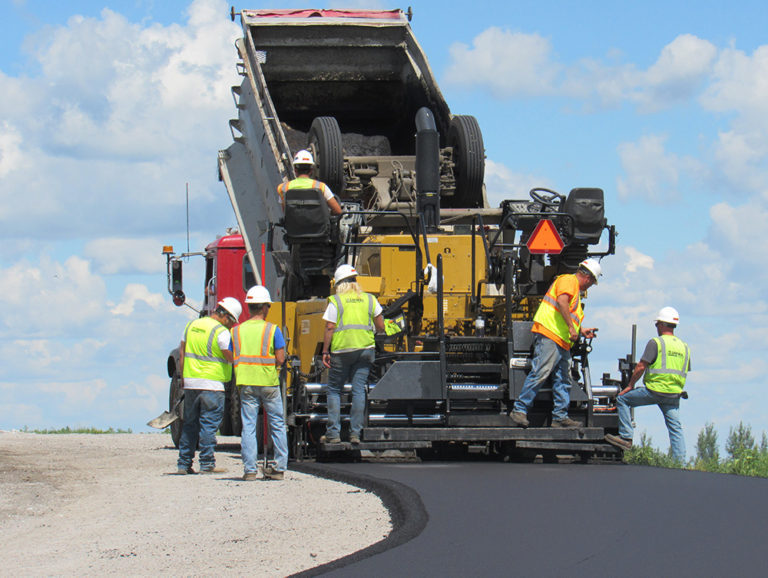The suicide rate for construction is one of the highest among major industries. That statistic is from a 2018 report from the Centers for Disease Control and Prevention. And it’s one major reason why the concern about mental health in the construction industry has grown. Research shows that as many as 90% of all people who die by suicide have a mental health condition. Depression is the most common cause, but other conditions such as substance use disorders may have an impact as well.
What is causing mental health conditions in the construction industry? According to the U.S. Bureau of Labor Statistics, 97% of the U.S. construction industry is male—and men experience the highest rate of suicides. Yet, while the suicide rate for women in construction is lower than that for men in the construction industry, it appears to be much higher than the suicide rate for the general female population. Being “tough” and “strong” are highly valued; acknowledging mental health concerns—or even seeking help—may be considered a sign of weakness. There is often fear of shame and judgment for admitting you have a problem.
In addition, the nature of construction industry jobs may affect mental health. Injuries may cause chronic pain, which can result in substance disorders like opioid use. Seasonal work can result in layoffs, which puts a strain on family relationships and finances. The job is high-stress and the work is deadline-driven. Employees work long hours, potentially resulting in fatigue. Sometimes work is away from home for extended periods. The pandemic has exacerbated every other problem while creating its own.
The most positive outcomes for mental health conditions come when people get help as early as possible. This is something that males, particularly those who consider themselves “tough,” may find difficult, if not impossible, to do. So what can a construction executive do to get workers to talk about mental health as well as do something about it?
Start by creating, communicating and implementing a plan
Be proactive. Instead of dealing with the sometimes tragic aftermath of a mental illness crisis, it makes sense to address it before it occurs. Promote awareness of the problem as well as available solutions. Integrate mental health services into new employee orientations. Have providers on hand to answer questions about confidentiality, process and outcomes. Remind employees about mental health benefits at annual benefit renewal meetings. Make it easy to access mental health services. Position this more as helping overall health and family wellbeing, as well as improving job performance.
- Identify those who may be at risk. Try to determine who might be having the most challenges. Be attuned to when employees are experiencing stress. Train supervisors and others on how to have difficult conversations. Empower others to step in when someone appears overwhelmed or shows initial signs of mental health concerns. Connect employees to support at the earliest possible stage.
- Have a response plan for when crises occur. Work with employees to create a safety plan to help prevent problems from escalating if they appear to be experiencing mental health issues. Determine who should be included in the employee’s support team. Ask what the employee thinks would be most helpful. Review policies regularly. Help reduce access to guns or other lethal weapons when suicidal thoughts are evident.
- Create a plan to provide extra support during economic downturns; layoffs and furloughs can be triggering events for people who are already vulnerable to suicide. Provide effective and compassionate grief and trauma support after a suicide death. Learn how to communicate after a suicide death at resources like: suicidepreventionmessaging.actionallianceforsuicideprevention.org/safety.
Management needs to demonstrate commitment
Acknowledge that employees are experiencing overwhelming life challenges, mental health conditions and substance use disorders. Assess the company’s readiness to deal with these issues. Communicate often about the company’s priorities for mental health promotion and suicide prevention. Reassure employees that they will receive your support if they reach out for help. Provide access to training, evaluation and mental health services.
Excellent resources are already available, such as the Construction Industry Alliance for Suicide Prevention (CIASP) and the National Suicide Prevention Hotline. MMA has a Mental Health Tool Kit available for all employers. Having a plan, identifying those at risk and having a response plan ready when a crisis happens are critical steps. Demonstrating the commitment to employee mental health and wellbeing will help improve employees’ lives and foster a supportive, productive workplace.






